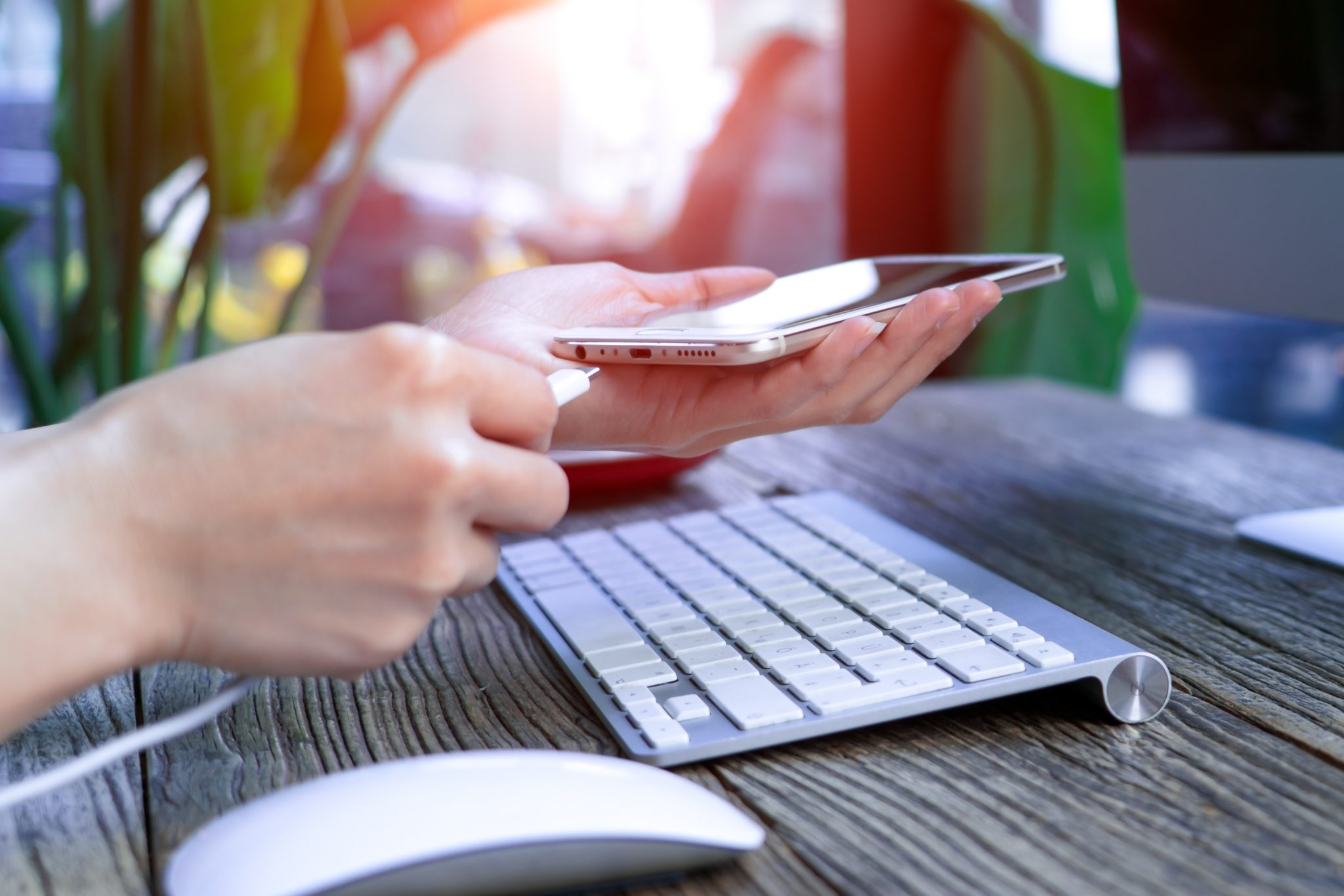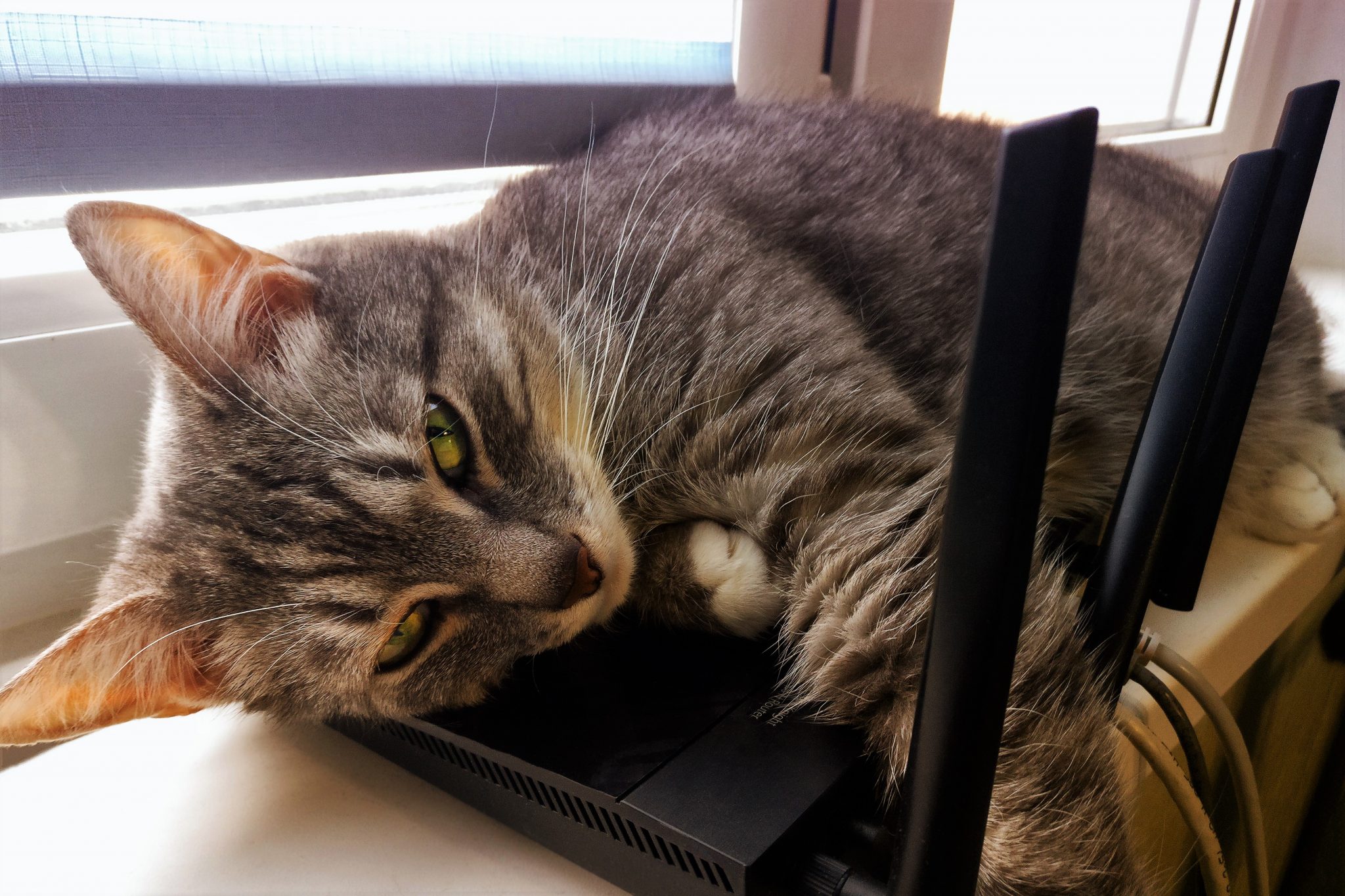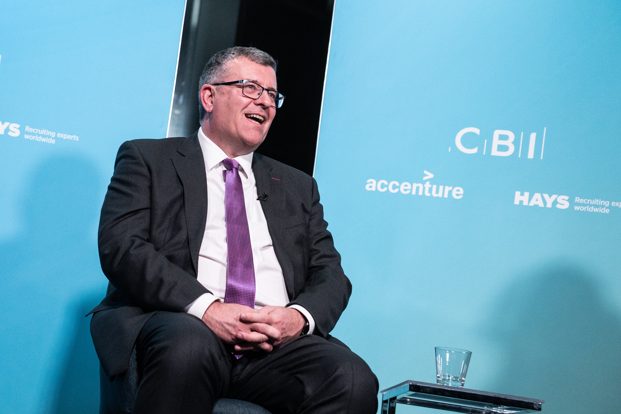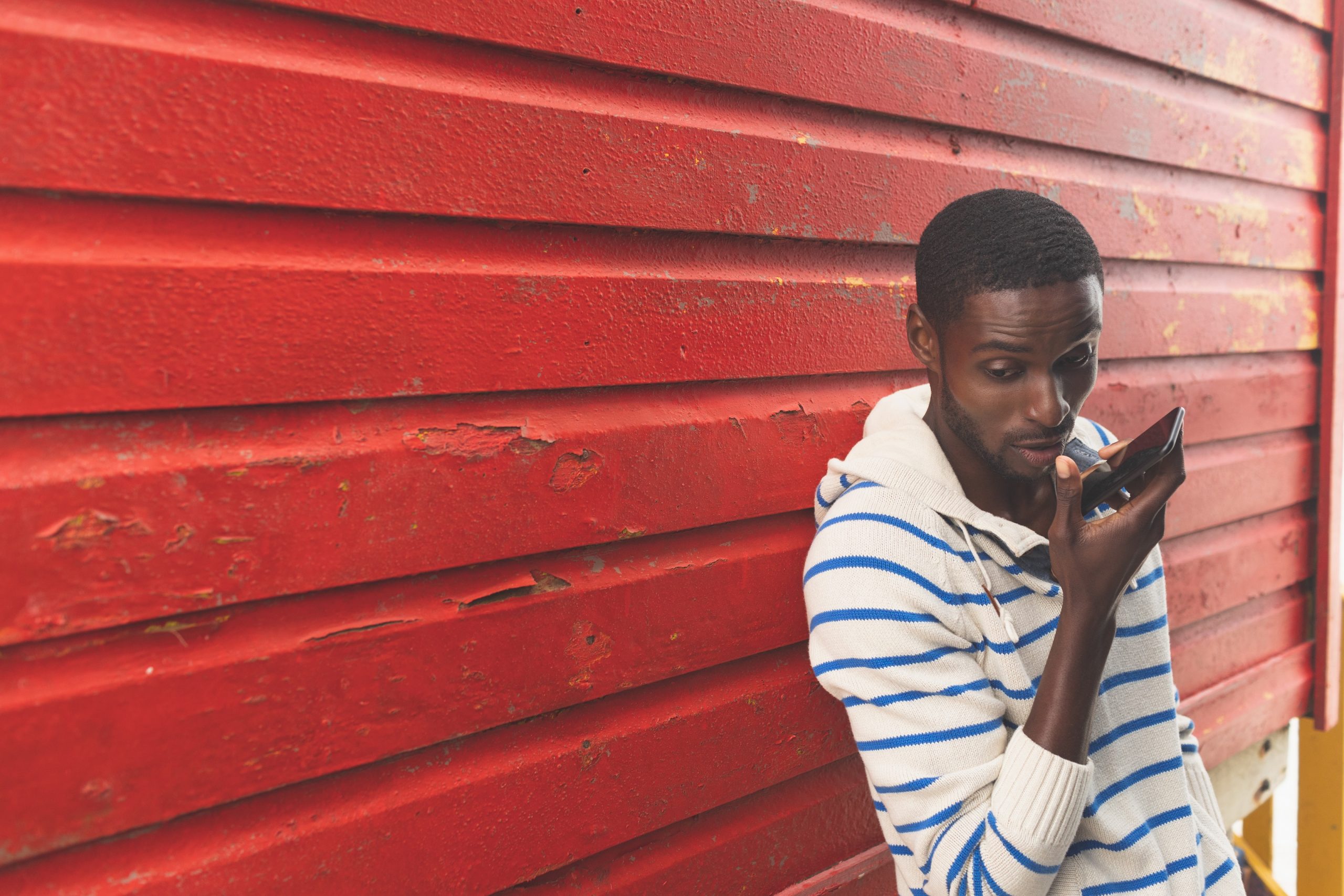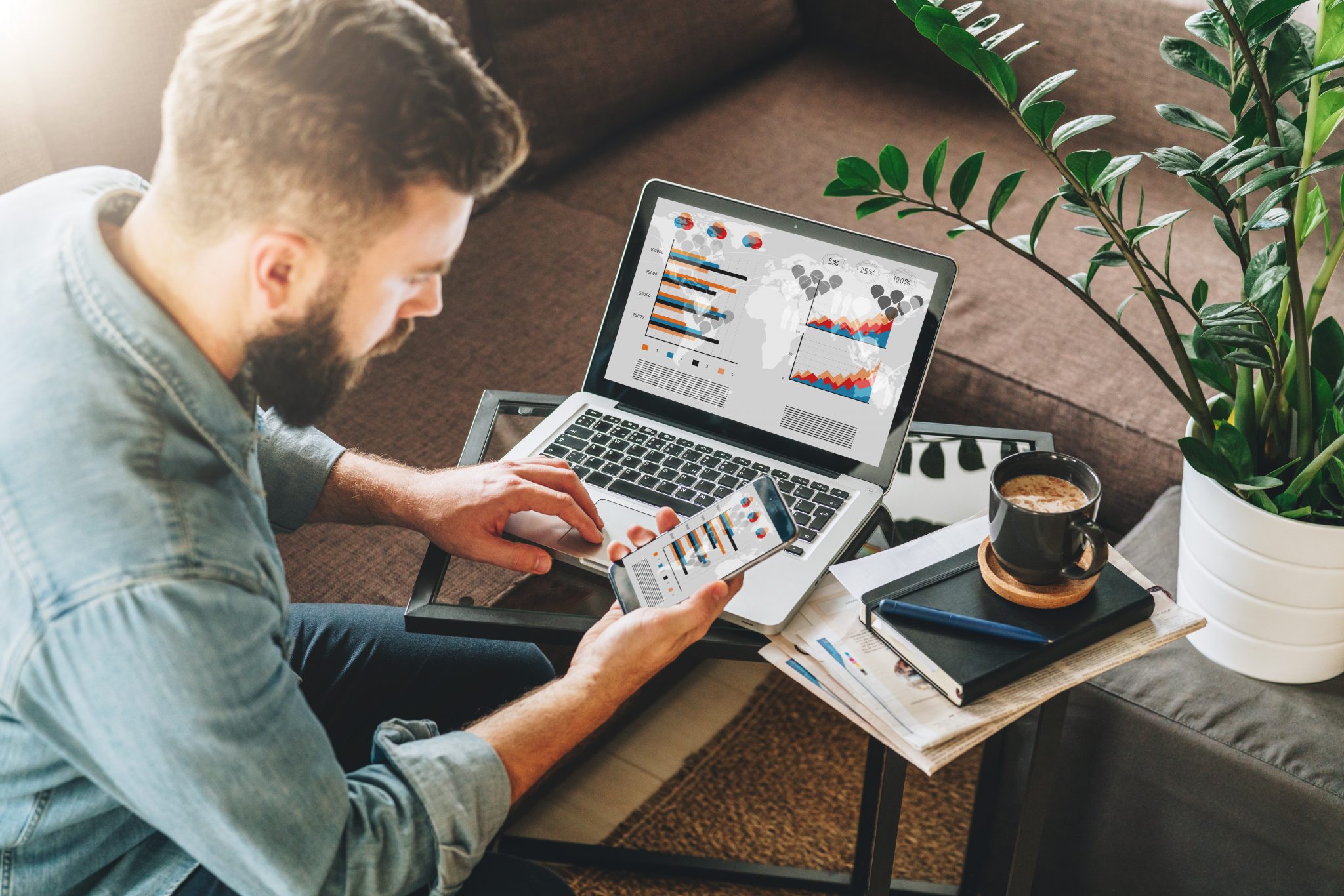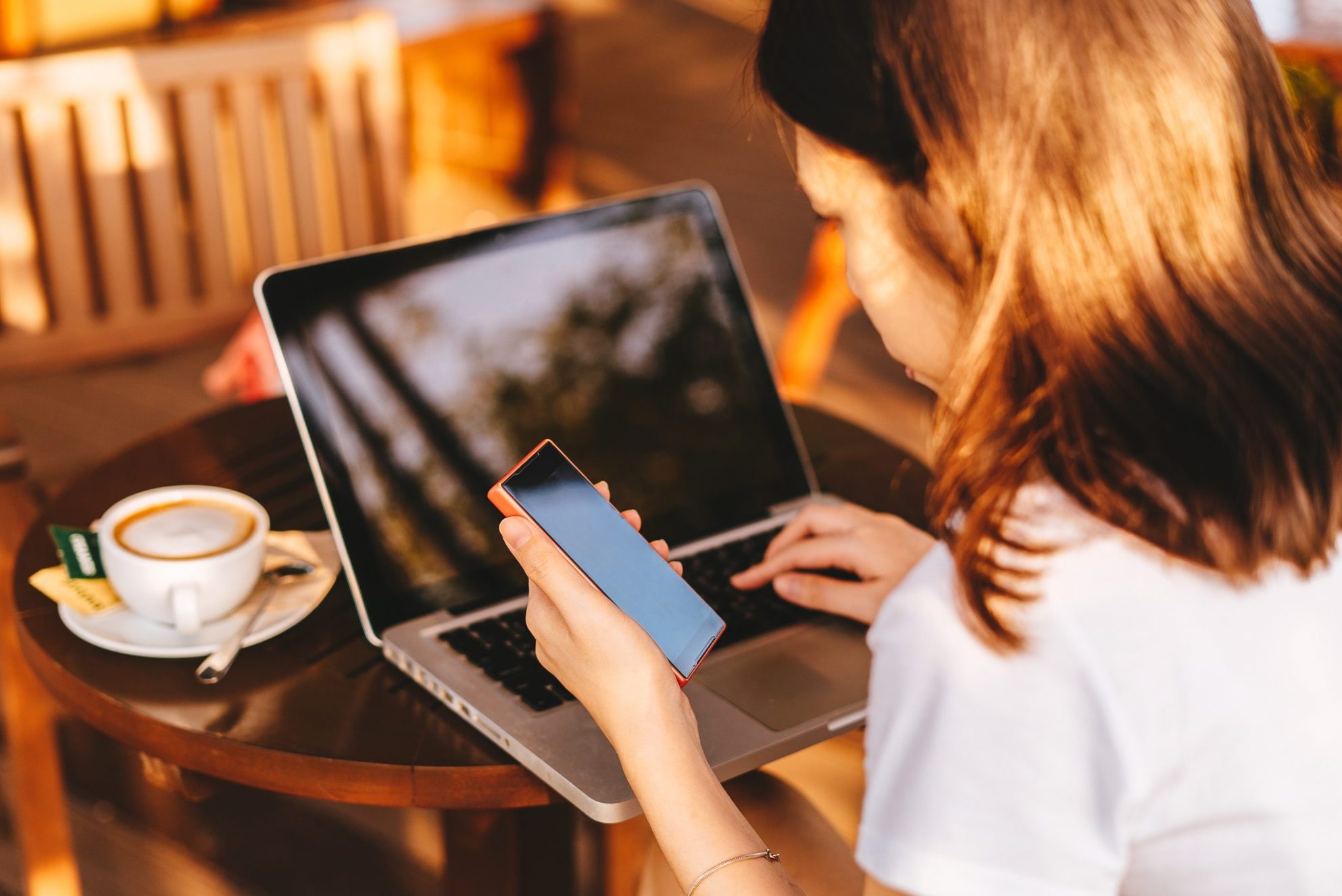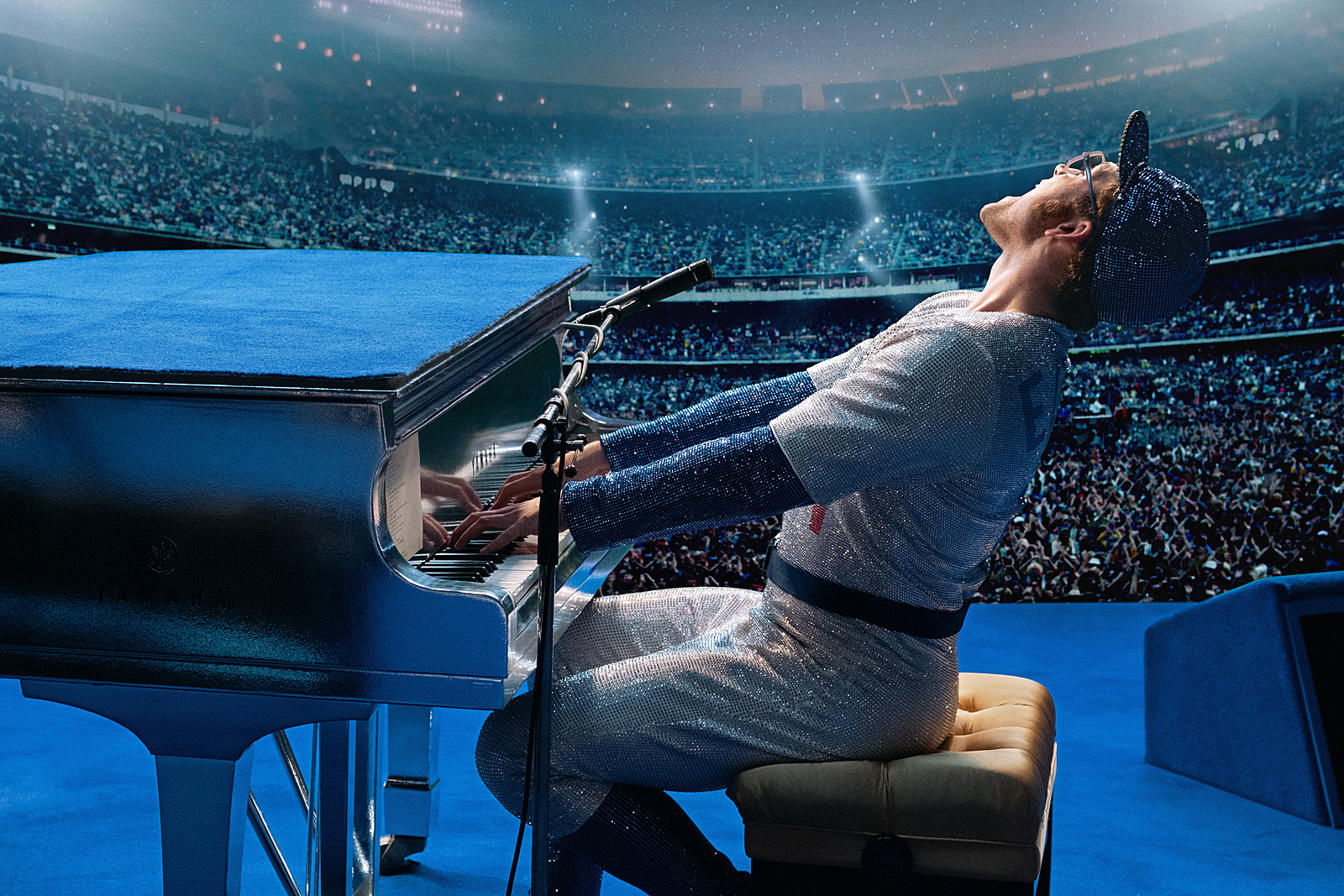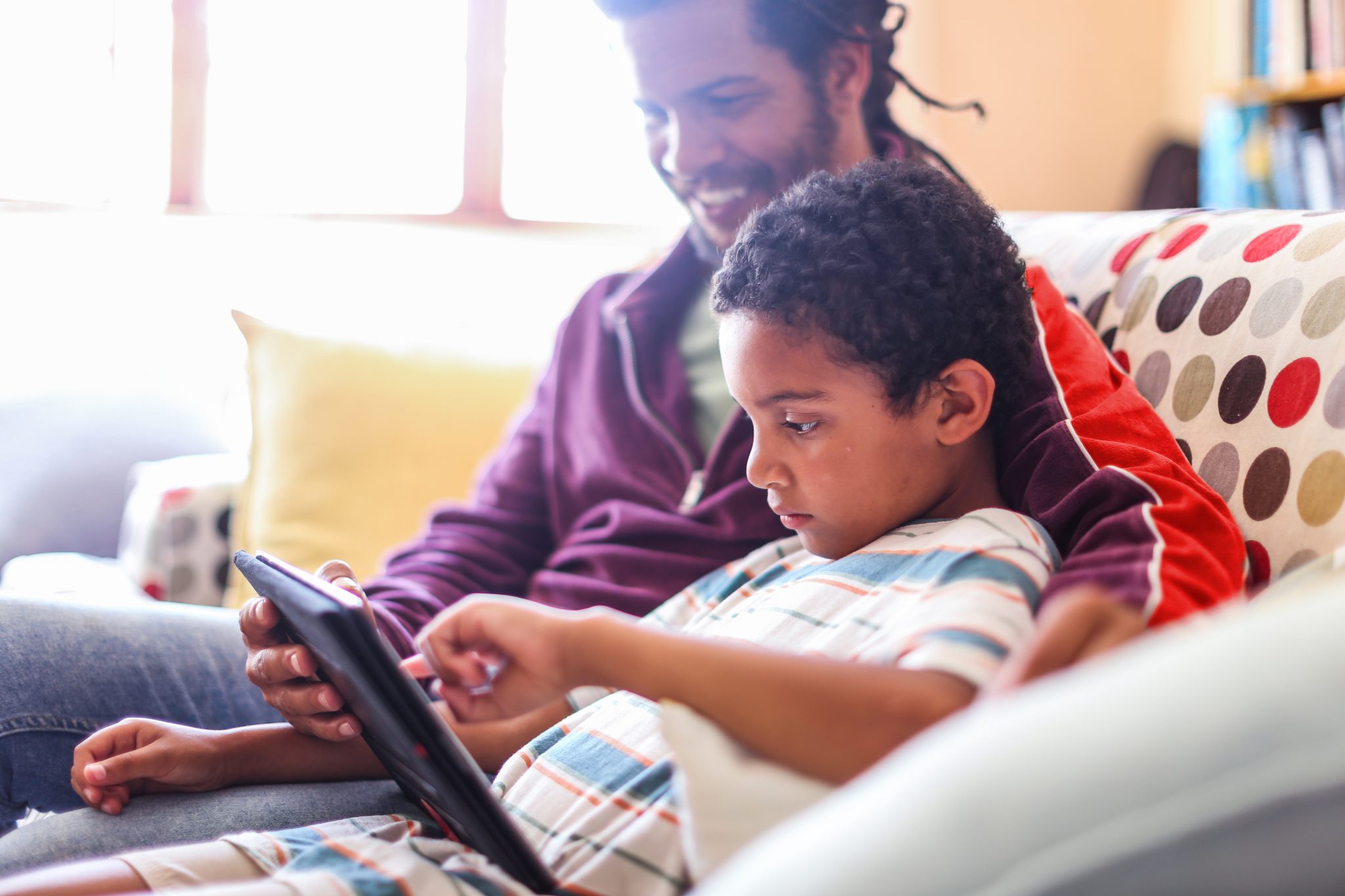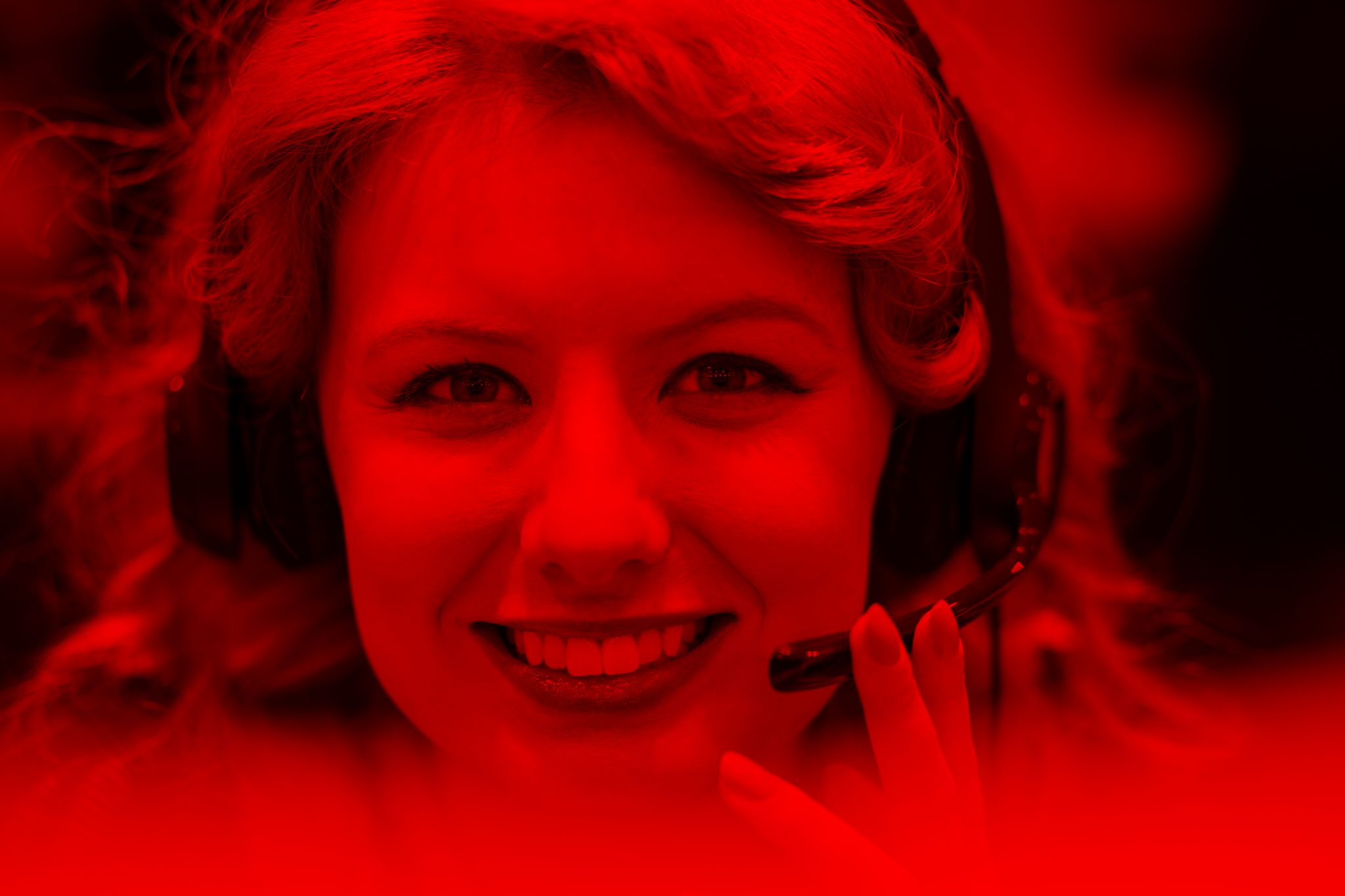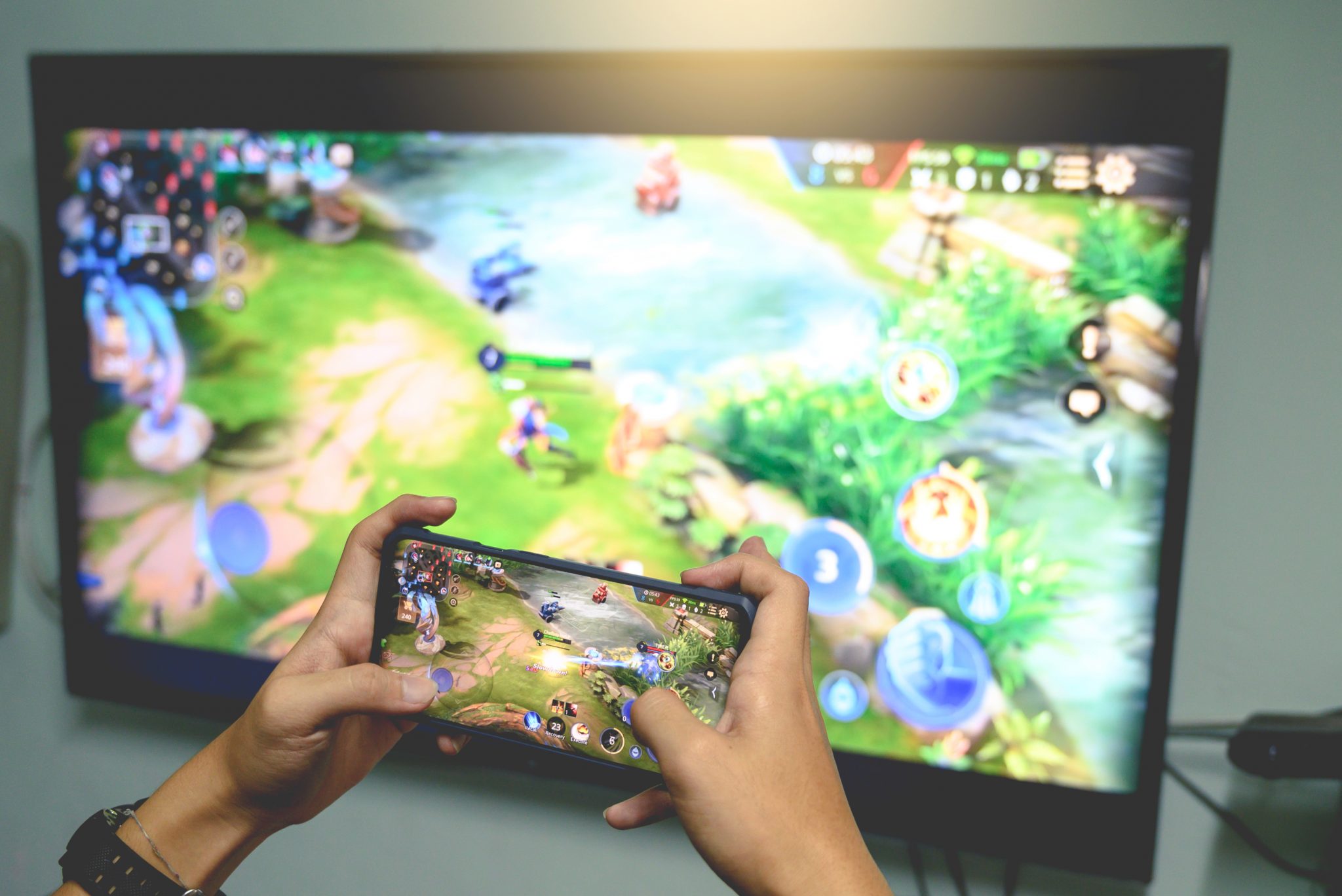
Streaming devices, such as Google Chromecast and Apple TV, can give your smartphone, tablet or laptop a big-screen extension, help you be more productive and have more fun.
Once these streaming devices are plugged into your TV and connected to your home broadband, they’re most commonly used to stream videos and music from services such as Amazon Prime Video and Spotify.
But that’s just the beginning of what you can do. They can save you time, hassle and even a bit of money.
Turn a smartphone into a spare computer
Homeschooling your kids during lockdown can be arduous, especially if you and all your little tykes have to share the same laptop or two. But you don’t have to spend a large sum buying another computer. By pairing your smartphone or tablet with your streaming device and TV, it can be turned into a surprisingly effective spare computer. Here’s how.
Android
To duplicate your Android phone’s screen on your TV (also known as ‘mirroring’) using a Chromecast and the free Google Home app, follow Google’s official instructions.
The technology behind Chromecast, Google Cast, is also built into some set-top boxes and smart TVs, so you can try this even if you don’t own a separate Chromecast dongle.
You’ll want to connect a keyboard and mouse for typing essays and other similar tasks. The easiest way to do this is with a Bluetooth keyboard and mouse, as all modern smartphones and tablets have that wireless technology built in. To do so, follow Google’s instructions – while some of the details may differ depending on which specific Android device you own, the steps should be broadly similar.
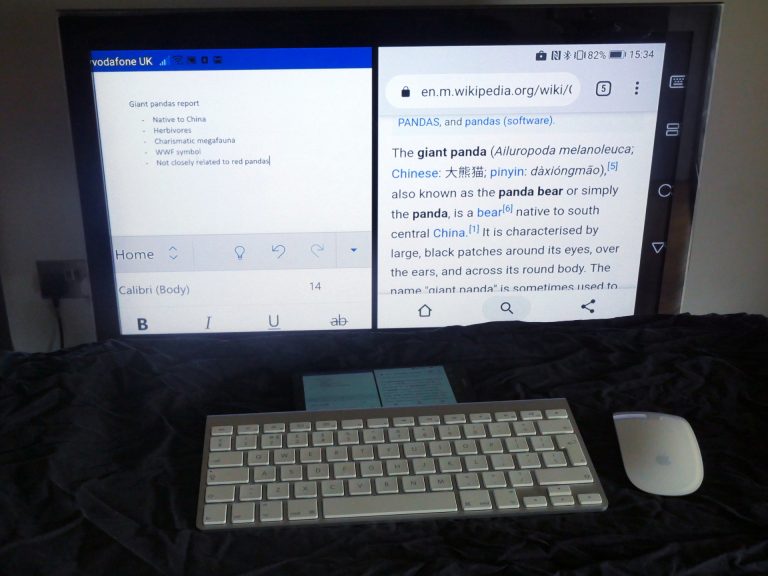
Don’t despair if your keyboard and mouse don’t use Bluetooth. There’s a high chance that these will work with your Android phone – you just need what’s known as an On-The-Go (or OTG) USB adapter. Plug the adapter into your phone, then plug the wireless USB receiver for your wireless keyboard and mouse into the adapter.
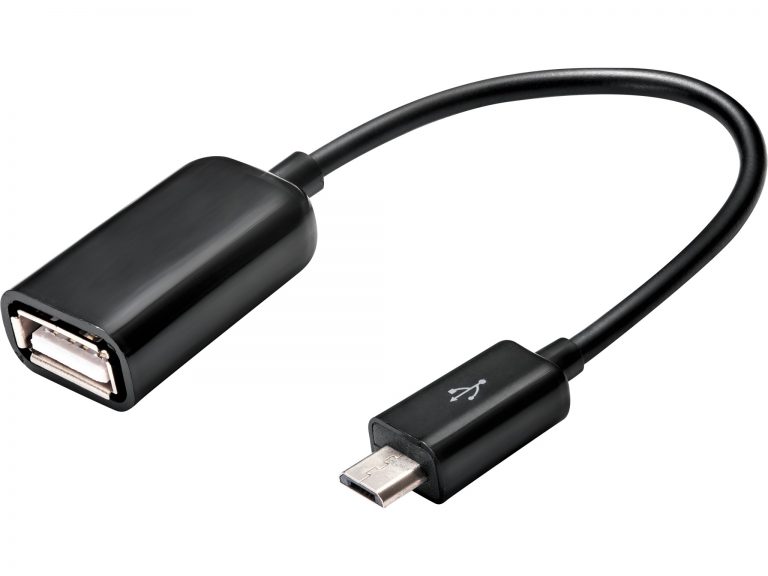
OTG adapters are widely available online, but make sure you buy the right one for your phone; if you’re not certain whether your Android device has a micro USB or USB-C port, our guide to phone charging ports will help.
Direct connection
If you don’t have, or don’t want to use, a Chromecast dongle for this, you can always directly connect your phone to your TV using a HDMI cable instead. You’ll need an adapter that plugs into your Android phone’s micro USB or USB-C port.
Not all Android devices, especially older models with micro USB ports, support the necessary technologies needed for HDMI output though. Check the specs for your device – if it doesn’t support either Mobile High-Definition Link (MHL) or SlimPort/Mobility DisplayPort, then the corresponding HDMI adapter won’t work with your device.
iPhone and iPad
Some individual iOS and iPadOS apps, such as Google Photos, work with Chromecast. To mirror your iPhone or iPad display on your TV though, you’ll need an Apple TV set-top box or a smart TV with Apple’s AirPlay technology built in. To set it up, follow Apple’s official instructions.
To make the most of your Bluetooth keyboard and mouse with an iPad, make sure you’ve updated your operating system to iPadOS 13.4 or later as it has much improved mouse support over older versions.
To connect your Bluetooth keyboard and mouse to your iPad or iPhone, follow Apple’s official instructions.
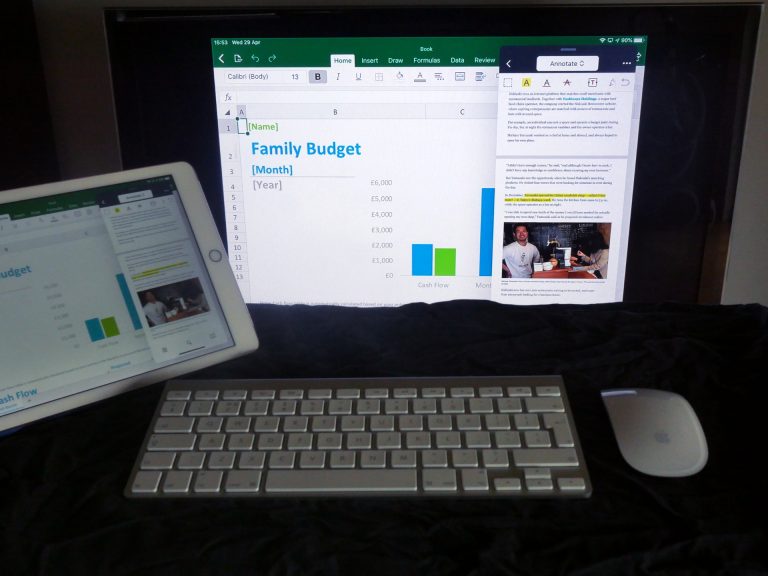
For iPhones, as well as for older iPads that can’t run iPadOS 13.4, you can enable a more basic form of mouse support. While this mode is intended for use with assistive devices for disabled people, it also works with mice.
If you have a USB keyboard and mouse, you can connect these to your iPad or iPhone using a Lightning to USB 3 adapter.
You can also connect your iPhone or iPad directly to your TV using Apple’s Lightning Digital AV Adapter, widely available online, to connect an HDMI cable from your device to your TV.
Amazon Fire TV
Amazon Fire tablets and Fire TV devices support a wireless screen sharing technology called Miracast – to set it up, follow Amazon’s official instructions. You can also connect a Bluetooth keyboard to your Fire tablet, if you wish.
Miracast is also used by some – but not all – Android devices (as well as Windows 10 PCs). To confuse matters further, Miracast is often renamed as ‘Screen mirroring’, ‘Wireless projection’ or other similar names. If in doubt, check with the manufacturer to see if your Android device supports Miracast.
Video conferencing
Even if you have no interest in transforming your smartphone into a big-screen computer, there are still plenty of other useful things you can do with your TV acting as a display for your mobile device.
If you’re now taking part in regular video conferences while working from home, you can display the video of the other participants on your TV. This is even more useful when video calling friends and family, as it’s easier for other members of your household to gather in front of the TV rather than huddle round your phone.
White boarding
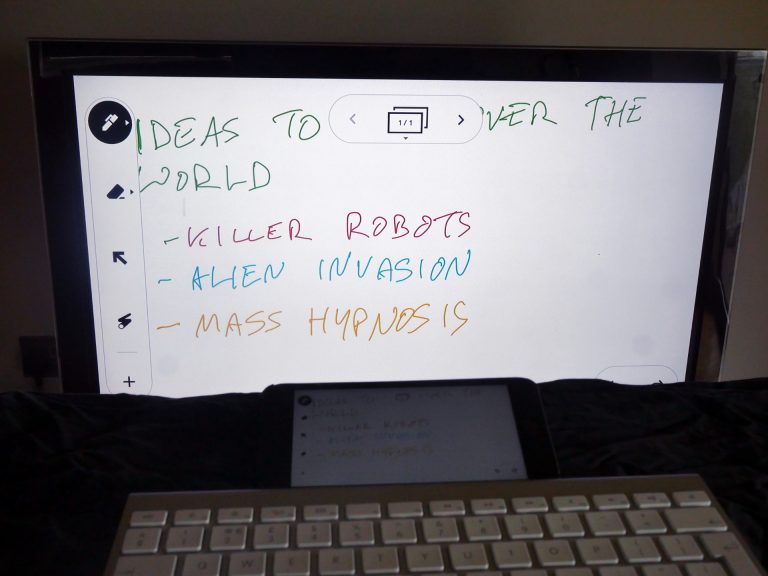
If your kids are stuck in a rut on a homework assignment or you’re brainstorming remotely on a work project with colleagues, try using a virtual mindmap or whiteboard app – such as Google’s free Jamboard – to jot down ideas. With everything more easily visible on your TV, inspiration may strike sooner. Plus, with cloud-connected apps such as Jamboard, you’ll see your colleague’s changes in real-time.
Board games
If modern video games are too frenetic and exhausting for your taste, there are more sedate board games available on the App Store and Play Store that may tickle your fancy instead. Display them on your TV and the entire household can join in the fun.
Second display
Don’t forget that Chromecast and Apple TV also work with your laptop (and indeed desktop computers, too). While you’re limited to duplicating/mirroring your phone’s contents, you can use either streaming device to turn your TV into a second screen for your laptop. Our Working From Home guide has the details.

